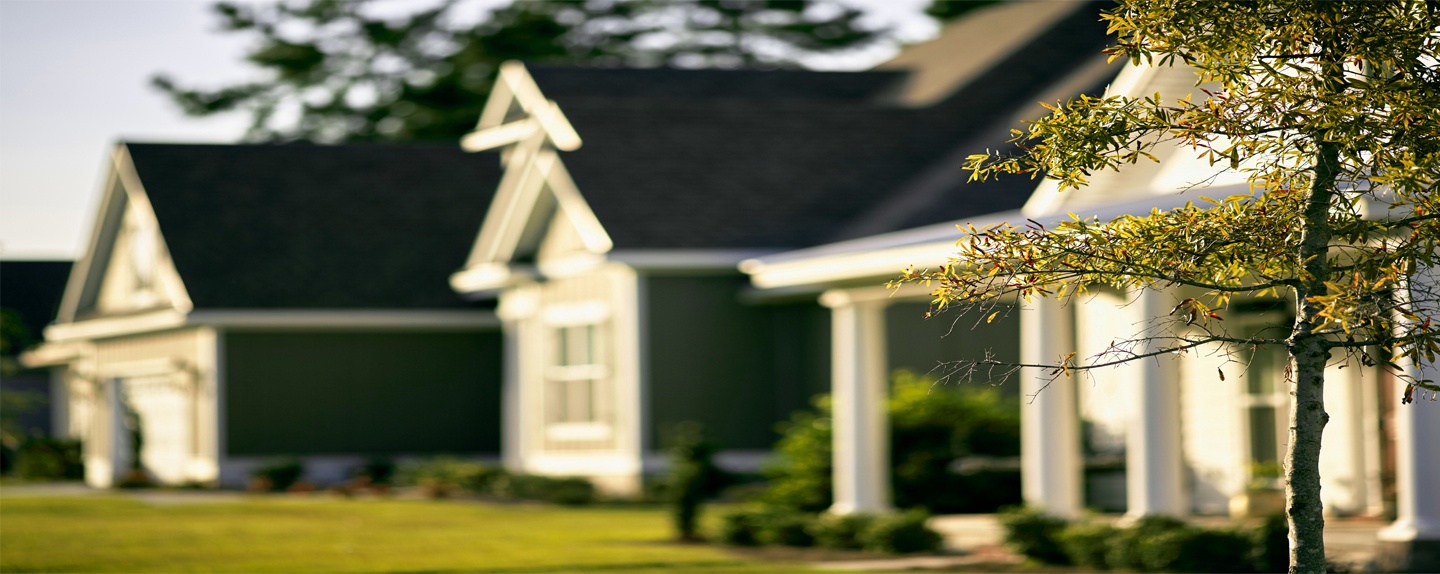The Multicolored Asian lady beetle is one of many species of ladybugs and was introduced into the United States as a natural control for soft-bodied, crop-destroying insects like aphids and scales. In their native habitat, these beetles would normally hibernate for the winter inside of caves and rocky crevices. However, in developed areas they have the pesky tendency to overwinter inside our homes!
What They Do Or Don't Do:
- They don’t damage structures
- They don’t chew on carpets or furniture
- They don’t lay eggs indoors
- They love to dine on aphids, which makes them very beneficial in the garden
- They are drawn to light colored homes in wooded areas, light-colored homes warmed by sunlight, and older homes with lots of cracks and crevices
- Ladybugs leave behind trails of pheromones, which attract them to the same sites year after year
As one of the most recognized insects in the U.S. (and state insect of Massachusetts) with its short legs and black spots, most homeowners don’t mind a ladybug or two – they’re pretty and relatively harmless to humans. They help your garden by eating pests as adult ladybugs can eat up to 60 of aphids per day and as many as 5,000 in its lifetime.
For those with significant ladybird beetle populations inside their home, the battle against an infestation is a yearly chore that doesn’t always have a satisfying solution.
Because they are so beneficial in the garden, it is generally not recommended to kill them in large numbers, yet the indoor infestations can be overwhelming.
Prevention is the best strategy, along with regular removal of current invaders.
How To Handle A Ladybug Infestation:
- Once ladybugs are in, it’s hard to get them out. Vacuum them up regularly, and either dispose of them or release them back outside. Unlike other household pests, ladybugs come indoors to hibernate, not to multiply and invade. For this reason, many homeowners simply increase their vacuuming during ladybug season and otherwise don’t worry about them.
- Try a Ladybug Light Trap to attract and capture large numbers of ladybugs for release outdoors.
- Seal all cracks and openings around doors, windows, outlets, eaves, pipes, and any place an insect might enter. Don’t underestimate their ability to squeeze in! Use foaming sealants to close drafty crevices and apply weather stripping to older doors. This will lower your heating bill, too!
- Don’t try to sweep or otherwise agitate them; when stressed, ladybugs release a yellow, smelly substance that can cause stains.
- In the spring, they will return to the outdoors. Before they return in the fall, you can apply a residual insecticide around the exterior, doors, and windows of your home, to keep them from returning.
Get More Info From The Pros!
Looking for more information on ladybugs or just ready to let the professionals take over your lawn care needs? The Grassmaster Plus team is ready and willing to answer any questions you have and can provide you a free quote on your lawn care services for the season. Contact our local office today!

